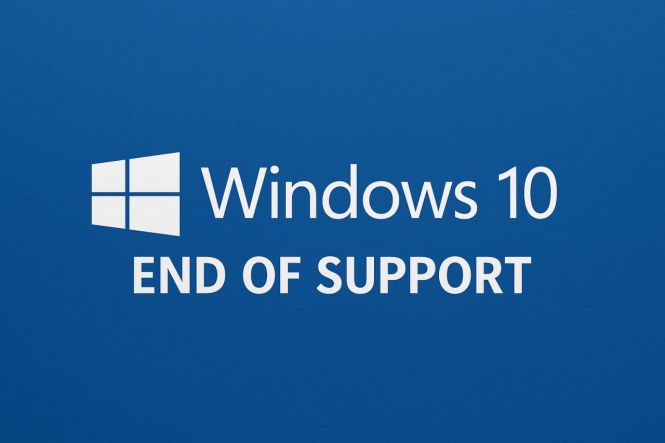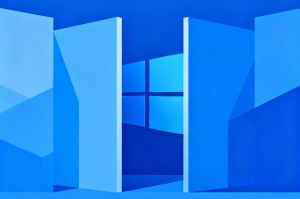 Windows 10 support ends soon: implications and alternatives
Windows 10 support ends soon: implications and alternatives
Recently, Microsoft published a post that caused turmoil. Some of the major tech news outlets noticed a discrepancy: previously, the company claimed to have over 1.4 billion users, and in the said piece, the figure was “over a billion.” This instantly sparked speculation about some sort of exodus, which is understandable: 400 million users is A LOT.
Microsoft later updated the blog post, clarifying that the correct figure is still “over 1.4 billion” monthly active devices, and confirmed that they have not lost those millions of users over the past three years. The initial figure of 1 billion was attributed to either a rounding error or a change in counting methodology. Still, over the past decade, the market share of Windows was shrinking (by about 15%). The primary reasons are the rise of smartphones and tablets as go-to devices for most tasks, and maturation of alternatives (see some related suggestions below).
And while Windows 11 is positively poised to surpass Windows 10 in terms of user base, there are people out there who do not plan to upgrade. So what does the end of support for the latter, which is planned for October 10, 2025, mean for regular, non-corporate users?
Implications of end of support for Windows 10
There may be some more nuanced and less common problems associated with this move by Microsoft, but basically, it all boils down to safety and compatibility.
- Windows 10 will continue to work, but it will no longer receive security updates, bug fixes, or new features from Microsoft after October 14, 2025.
- Without security patches, your PC will become more vulnerable to viruses, malware, and cyberattacks, increasing the risk of data theft or damage.
- New versions of some apps and services may stop working or become fully or partially incompatible with the old OS, although this shouldn’t happen soon.
- Official technical support for Windows 10 will cease to exist.
If you want to continue using Windows 10 and avoid being exposed to higher security risks, consider the Extended Security Updates (ESU) program, which allows paying for critical security patches beyond the end-of-support date. It is designed for businesses, though, and may not be easily available to regular users.
Windows alternatives to consider
In case there is little keeping you attached to the Windows ecosystem, and the latest version (11) somehow doesn’t cut it, here is a list of Windows alternatives you may consider migrating to come October 14, 2025. Yes, these are Linux-based, but the move involves no technical challenges, and the systems offer a familiar look-and-feel.
Zorin OS. Arguably, the most user-friendly distro designed specifically for Windows users. No need to use the Terminal for any routine task, WINE to easily run Windows apps, plus numerous native programs and all your favorite games from major powerhouses.
Ubuntu. While this Linux distribution does not look and play exactly like Microsoft’s OS, the list of Windows alternatives would have been incomplete without it, since it is the most popular system of its kind. Ubuntu has been around since 2004, with everything that implies.
Linux Mint. A good start for casual users with layouts and menus similar to those in Windows. A large library of native applications, plus WINE, of course. Draws upon the might of Ubuntu.
Manjaro Linux. This OS focuses on ease of use, seeking to remove obstacles and make interactions a breeze. Manjaro comes with multiple desktop options (XFCE, KDE, GNOME), so you can choose the one that is exactly to your liking.
Anduin OS. This one is aimed at Windows users and developers migrating to the world of Linux. Anduin is based on Ubuntu and offers a friendly interface that is clean and clear. One of the strong points about this operating system is the focus on privacy.
If you plan to migrate from Windows 10 to Windows 11 anytime soon, revisit these related posts:



